Market Share
Epoxy Grout Market Share Analysis
The market for epoxy grout, a field in the construction and building materials industry, uses various strategies to gain a market share advantage. One popular approach is through product innovation as a differentiation strategy. Firms operating in the epoxy grout subsector direct their resources towards research and development (R&D) aimed at developing improved formulations and unique features. Cost leadership is another crucial strategy in the market for epoxy grout. Some firms focus on their production processes with the aim of reducing production costs, sourcing inputs more effectively, or achieving economies of scale. In order to attract cost-sensitive buyers like those from the construction and infrastructure sectors without compromising product quality, these enterprises offer competitive prices. This kind of strategy enables businesses to obtain significant revenues within certain projects where budget considerations are vital. Strategic alliances are formed between companies involved in this line of business and stakeholders such as contractors and architects, among others. The paper continues by stating that collaborative efforts can help improve efficiencies across supply chains, resulting in a consistent flow of products from manufacturers to end users. It is becoming increasingly important for epoxy grout to adopt a customer-centric approach if it is going to retain its presence within this niche sector. To continuously grow its market share over time, one must understand what consumers want out of him/her as well as develop products or services that meet those needs exactly so they remain coming back for more. Companies research their customers so that they can find out about the existing needs and preferences of the customers in relation to their epoxy grout formulations. The epoxy grout market is also experiencing increased concerns for environmental sustainability; producers are positioning themselves in an eco-friendly manner. As awareness grows of the environmental impact of construction, customers and regulators demand building materials with low carbon footprints. Some firms in this sector have developed formulations that are either low resinous or use recycled material. Therefore, companies involved in these activities must take into account that environmental responsibility is a factor that helps them to penetrate a segment of the market that focuses more on sustainable construction practices, thereby enabling both an expansion in their respective market shares as well as improving corporate images.

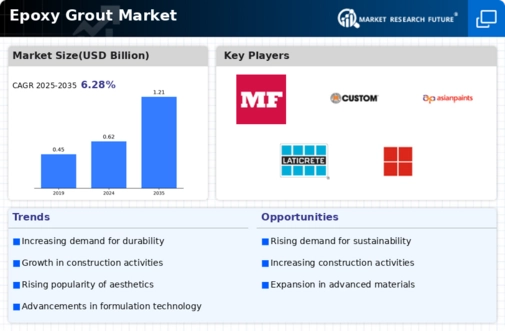
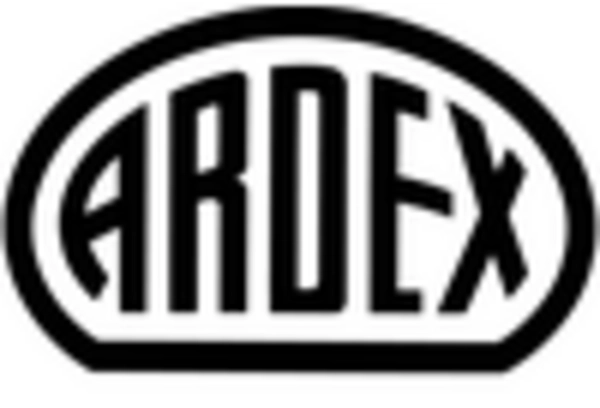

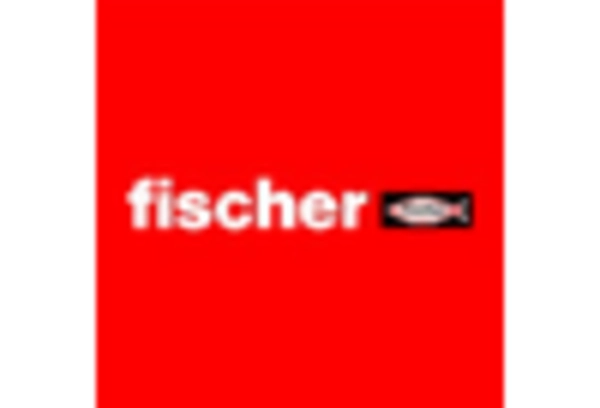
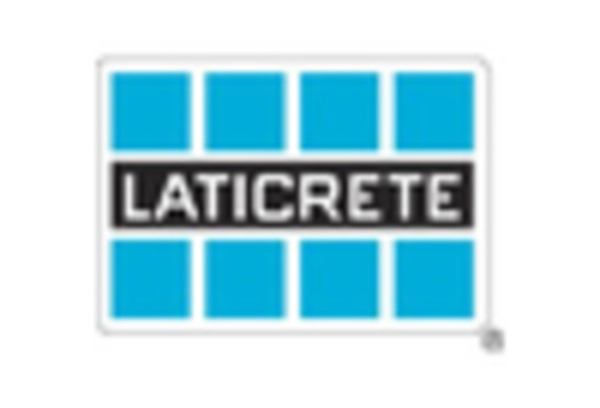

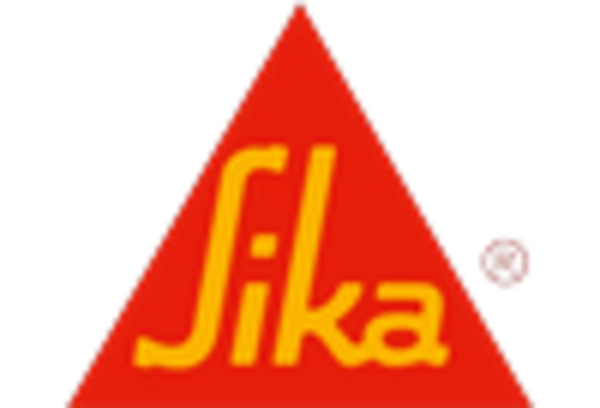









Leave a Comment